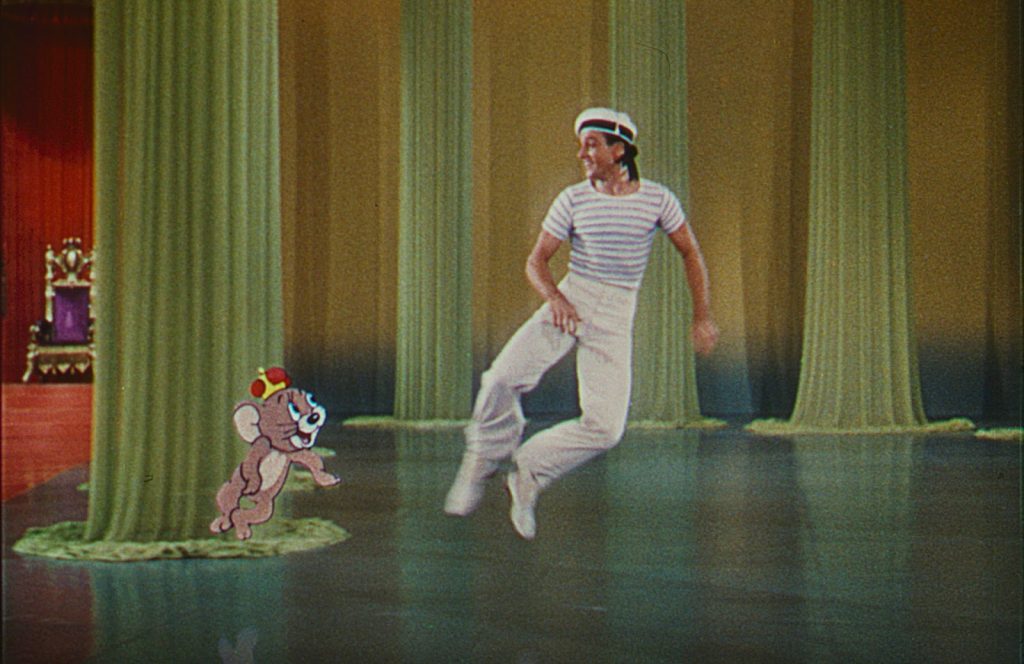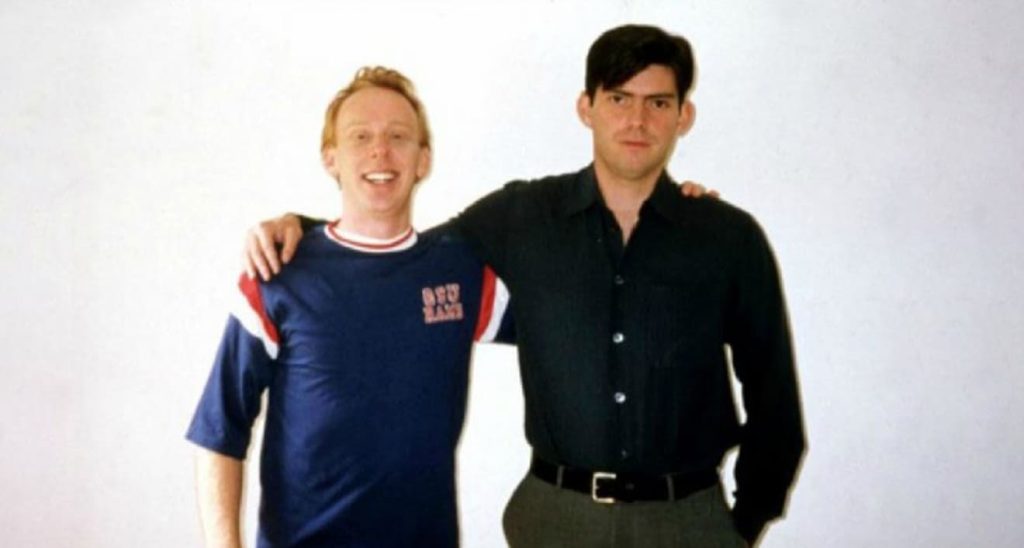For certain generations, the term “fairy tale” is almost exclusively connected with the brand of Disney. A solid 90 years of Uncle Walt’s mega-corporate force so thoroughly commodifying this centuries’ old narrative has undeniably narrowed its creative confines. Other writers and filmmakers can still adapt these public domain stories, but doing so will typically lead to cries of trying to chase the Disney trend. These fables of wonderment and moralizing have been condensed to recognizable costumes, songs, and palatable ethics. We’ve never needed Angela Carter more than now.
May 7th would have been author Angela Carter’s 82nd birthday. A self-described radical feminist, her novels and short stories frequently focused on ideas of women’s power as explored through a blend of satire, magical realism, and eroticism. Carter’s heroines are women smothered by patriarchal rule, sometimes colluding with those powers and other times desperate to undo them. The monsters her women and girls face are familiarly terrifying but also alluring in the same way. She keenly understood that we as women often love that which we must kill to survive, and what better way to dissect this conundrum than through the stories we were told as children to keep us in line?
Carter worked alongside director Neil Jordan to adapt her work for the 1984 gothic fantasy horror The Company of Wolves. Ostensibly an adaptation of the Red Riding Hood story, Carter and Jordan build an anthology of werewolf stories around the instantly recognisable image of the fair maiden in her scarlet cloak. Our heroine Rosaleen is given strange words of advice from her grandmother (a wonderfully game Angela Lansbury): “Never stray from the path, never eat a windfall apple, and never trust a man whose eyebrows meet.” As Rosaleen struggles with her place in the cloistered village and the advances of amorous boys and men, her grandmother shares tales of warning, all featuring humans who become wolves.
In one, a young man receives a potion from the Devil (who anachronistically arrives in a Rolls Royce) that causes him to sprout chest hair, something that at first pleases him but soon leaves him crying out in panic. In another, a pregnant enchantress seeks revenge on the nobleman who abandoned her by transforming the elite of his wedding party into ravenous wolves, declaring them to be far more decent and civilized than the humans. For some of these stories, becoming a wolf is catharsis, while in others it’s a fate worse than death. Grandmother’s versions are ones with strict rules that define right and wrong, but Rosaleen’s are far trickier. To be a wolf, or to desire one, is not such a bad thing, surely?

The film is as appropriately obsessed with lascivious violence and sexuality as the source material, both Carter’s story and Charles Perrault’s original Little Red Riding Hood story (in his version, Red Riding Hood is devoured by the wolf.) The artifice of the sets add a hypnotic thrall to the narrative, one that is well-suited to an exploration of such moral ambiguity. Rosaleen becomes a red flag to the wolves/men (so to speak) once she begins menstruating, a rather literal but appropriately blunt take on how pubescent girls are frequently seen as fair game for predators. All the male characters are either naïve boys or swarthy gentlemen with monobrows, the damning sign of their wolf nature (if women must bleed to mature, then men are forced to become primally hairy!)
Perrault compiled and re-imagined classic folk and fairy-tales with a deeply moralist bent. Little Red Riding Hood, a clear warning on the dangers of strangers, ends with a plea to women and girls not to trust men: “Watch out if you haven’t learned that tame wolves / Are the most dangerous of all.” Later adaptations would see Red Riding Hood and her grandmother wreak revenge on the wolf with the help of a “good” man, the Huntsman, but Carter’s take finds curious comfort in the middle ground between the two: if one doesn’t understand why the wolves are so magnetic to begin with, then we’re no safer in our ignorance.
For Rosaleen, this tension comes to a climax when a handsome huntsman challenges her to a race to grandmother’s house. He wins, slaughters the helpless old woman, then seeks Rosaleen as his prize. While she injures him in self-defense, she comforts him when he reverts to wolf status. She chooses to become his mate, but then this is revealed to be a dream, although Rosaleen still awakens to the wolves breaking through her bedroom window, sending her childhood toys crashing to the floor.
The influence of Carter may not be present in the sanitized fairy-tale blockbusters of today, but her fingerprints can be found on everything from the music of Bjork to the past two decades of paranormal young adult fiction.
Corporate-driven pop culture will always dilute the radical nature of classic narratives in favor of marketable soft focus and conservative-leaning morals, but the potency of the source material remains. Carter knew that the simplicity of childhood fables masked damning portraits of exploitative adults, and she wasn’t afraid to admit to the world that desire seldom plays by the binary of good or evil. Adults may have wanted them to be cautionary tales, but the truth that Carter and Jordan reveal is one of immense hypocrisy. Perhaps that’s why Disney hasn’t made a Red Riding Hood movie: we all know who the wolf is there.



